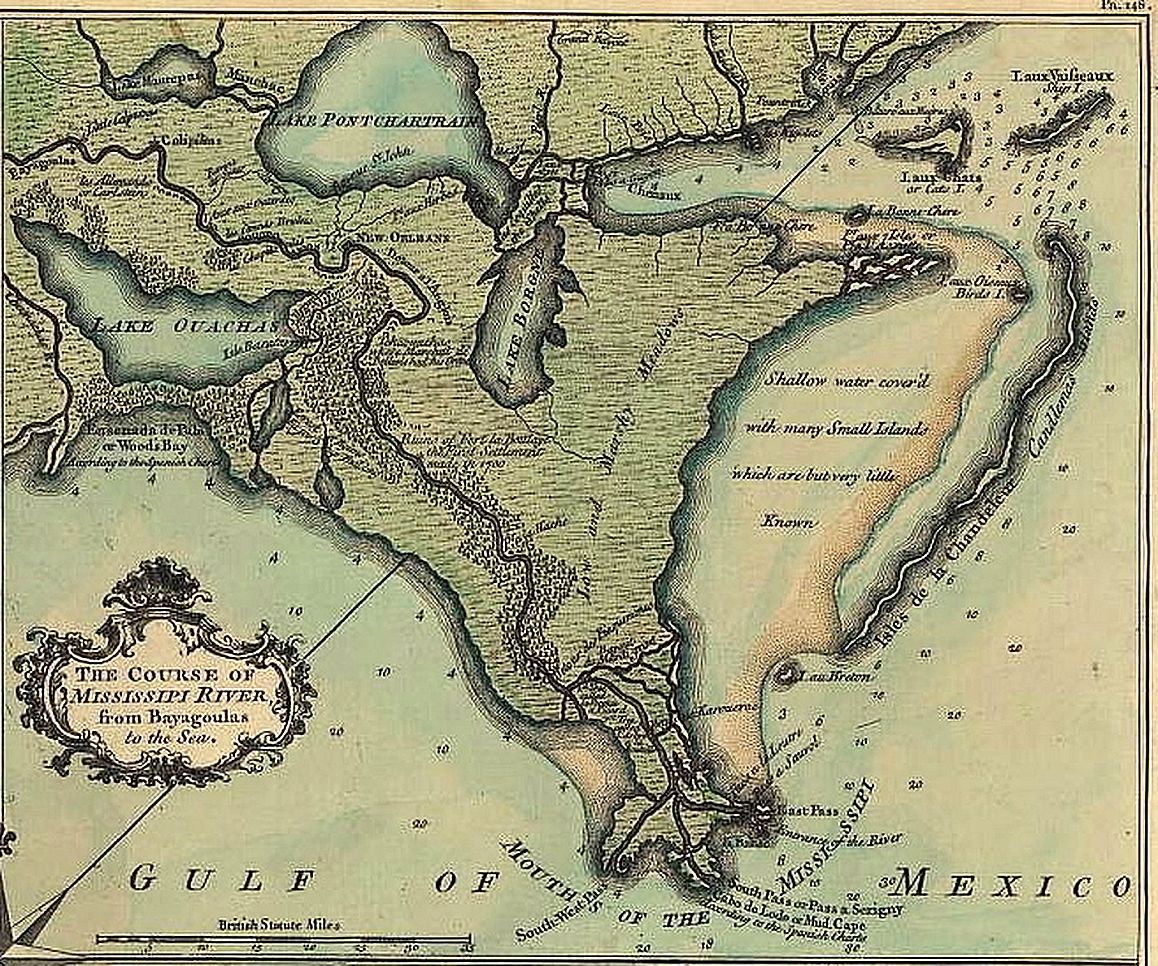 |
| The ill-fated final expedition of Robert Falcon Scott; from left to right: Wilson, Scott and Oates (standing), and Bowers and Evans (sitting) |
The International Scott Centenary Expedition (ISCE) selected 22-year-old Henry Evans, who recently completed his marine biology degree at Plymouth University, to trek to the South Pole in memory of Scott. Evans raised £7,000 towards his trip by running in half-marathons in a penguin costume. During the expedition, he will collect snow samples for Plymouth University and the British Antarctic Survey to note any changes in the stable isotopes of water, which could occur due to changing climate patterns. This expedition leaves in December.
Polar explorer David Hempleman-Adams is leading three wounded British soldiers, Capt. Adam Crookshank, Cpl. Robbie Harmer, and L/Cpl. Nick Webb of the Royal Dragoon Guards, on a charity trek to the South Pole. The soldiers are from the same regiment as Cpt. Lawrence Oates from Scott’s original expedition, who famously sacrificed himself in a vain attempt to help the team, stating, “I am just going outside and I may be some time.” The charity expedition’s goal is to raise more than £1 million for Alzheimer’s Research UK and Walking With The Wounded (a rehabilitation service for wounded servicemen). This expedition leaves in November.
- For more on the ISCE expedition, check out the International Scott Centenary Expedition website
- For more on the charity expedition, see the In the Footsteps of Legends website
- Click here for more Terra Nova Expedition centenary events





